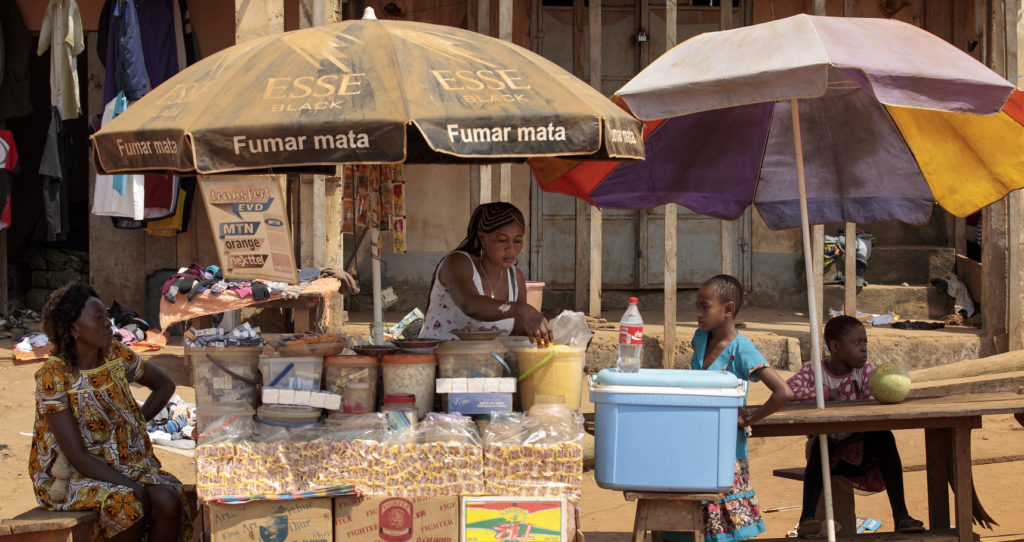The State of Food Security and Nutrition in the World 2021 (SOFI, formerly the State of Food and Agriculture) is the first evidence-based global assessment of chronic food insecurity since the emergence of the COVID-19 pandemic. For the third time in a row, it was launched during the High-Level Political Forum on Sustainable Development. For the fifth time, it has been co-written by five major institutions in the field of global development; the Food and Agriculture Organization (FAO), the International Fund for Agricultural Development (IFAD), the United Nations Children’s Fund (UNICEF), the World Food Programme (WFP) and the World Health Organisation (WHO).
Frightening numbers, multiple causes
SOFI 2021 starts with presenting the situation in data, and the stats are alarming; about 10% of the world population were suffering from undernourishment in 2020, which represent an increase of up to 166 million people since 2019, whereas the numbers had stagnated over the past previous years. The scenario is even more alarming for children: 29% are undernourished, while 6% are overweight. Moreover, women are particularly hit, one third of all women have an iron deficiency. Overall, nearly 30% of the entire global population faced food shortages or difficulties to access healthy food at some point during 2020.
The COVID-19 pandemic has shown the world how fragile food provisioning and accessibility can be in certain areas. Nevertheless, the root causes of hunger remain the same. The report names conflicts, climate extremes and variability, economic slowdowns and downturns, the high costs of healthy diets and poverty and inequality amongst certain population groups as the main drivers of hunger worldwide. In countries where these drivers co-exist, the situation is even more challenging. In the sense that food systems are interlinkages of its various components, all these issues need to be addressed jointly.
Pathways to alleviate chronic food insecurity
The SOFI 2021 report underscores six crucial areas to coordinate in order to stop the trend and improve food and nutrition security status worldwide.
1) Peacebuilding
A few experts, amongst them Dominik Ziller, Vice-President, IFAD, mentioned the urgent need to stop conflicts: “People suffering from undernutrition will increasingly concentrated in conflicts areas, where livelihoods are destroyed. Conflicts have to stop if we want to tackle root causes”. Only in conflict-free areas can improvement in chronic food insecurity happen. Humanitarian, development and peacebuilding policies are crucial in conflict-affected areas.
2) Climate resilience
Next to human health, environmental health is at stake if food systems transformation doesn’t happen rapidly. Zsuzsanna Jakab, Deputy Director-General, WHO, went a step further and pledged for a One Health approach, where animal health is coupled to environmental and human health, the one compound’s health intrinsically linked to the status of the others. Climate smart practices must be adopted throughout food systems, from seed industries to people’s own kitchens.
3) Economic resilience
The importance of social safety nets was mentioned both by the interveners and the audience. In times of crisis, there should exist mechanisms enabling the most impacted ones to access food. In countries where the state response was high, people could access food when the pandemic was disrupting agri-food chains to the most.
4) Nutritious food costs
The cost of a healthy diet has increased is increasing, especially in lower-middle- and high-income countries, where high nutritional food is less accessible for those with lower purchasing power. The costs of nutritious food have to be lowered, with interventions along entire food supply chains. Public-private partnerships can play a crucial role here.
5) Poverty and structural inequalities
In a system where food is a commodity, attempts to securing food and nutrition shall not forget the poverty issue. Interventions made on a policy and strategic level must be pro-poor and inclusive, ensuring that no population group is left behind. Increasing storing and processing infrastructures are some practical examples of that.
6) Food environments and consumer behaviour
Positive food environments (such as limited marketing for sweet beverages or attractive and healthy school meals) and positive consumer behaviour towards sustainable diets (that are positive both for human and planetary health) must be promoted. These measures concern mostly middle- and high-income countries, but are gaining importance in lower-income countries as well.
Need for global, joint action
Similar to the researchers and experts who presented at the UNFSS Science Days, all emphasised one point: the need for coherent, joint policies. The hope that the United Nations Food Systems Summit will bring clear policy framework to the table is great. Coherence and cooperation are assets for further advancement, even beyond the Summit: “Without coherence we will not build upon the momentum the Summit has generated – we need to keep on working together to end hunger by 2030” (Agnes Kalibata, Special Envoy of the UN Secretary-General for the 2021 UN Food Systems Summit). The private sector, moderated by strong policies and clear frameworks, must also start to increasingly invest for the greater good.
Download the full publication and the brief publication.
Reporting by Magdalena Knobel, MSc. Sustainable Food Systems and Communications Consultant at SIANI.
